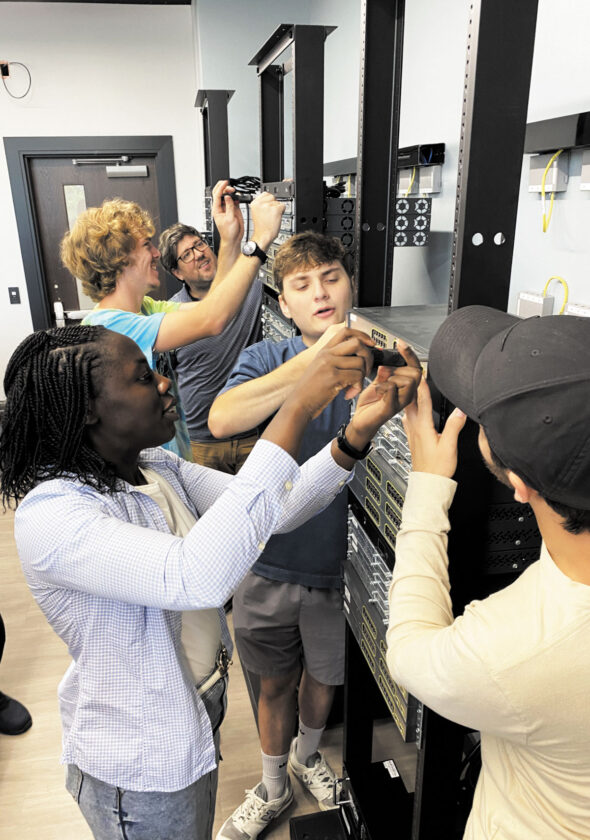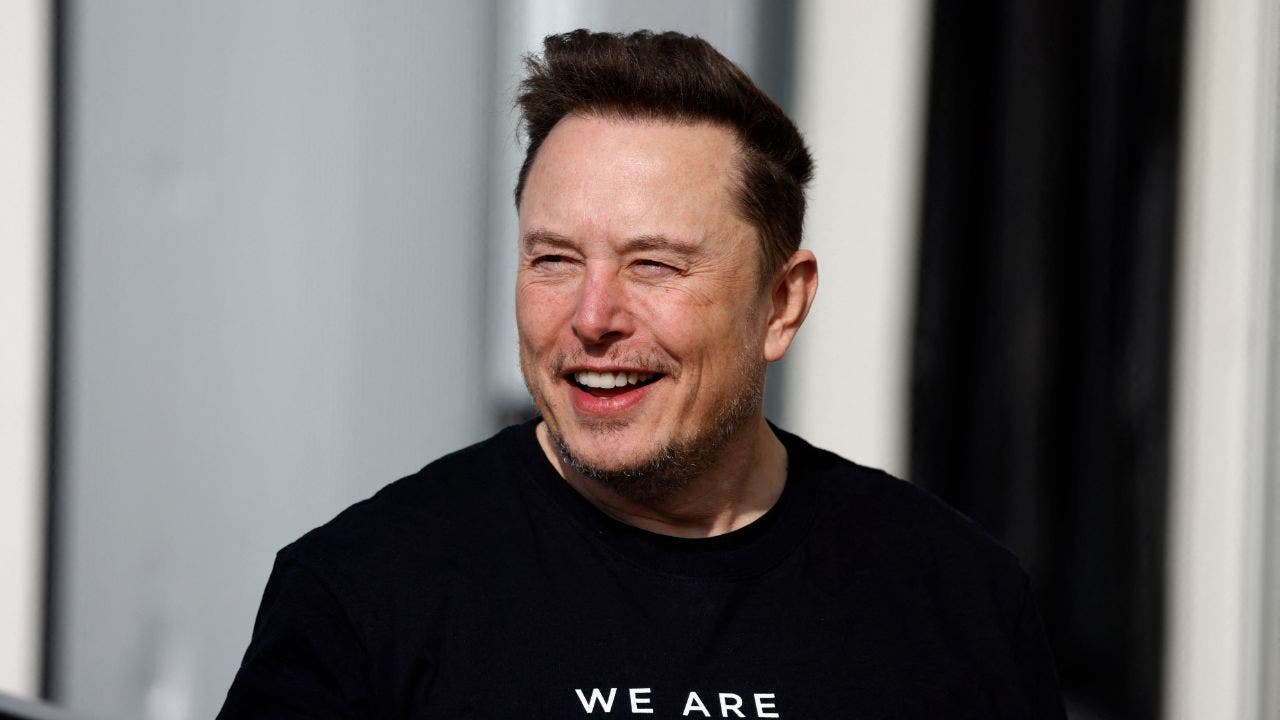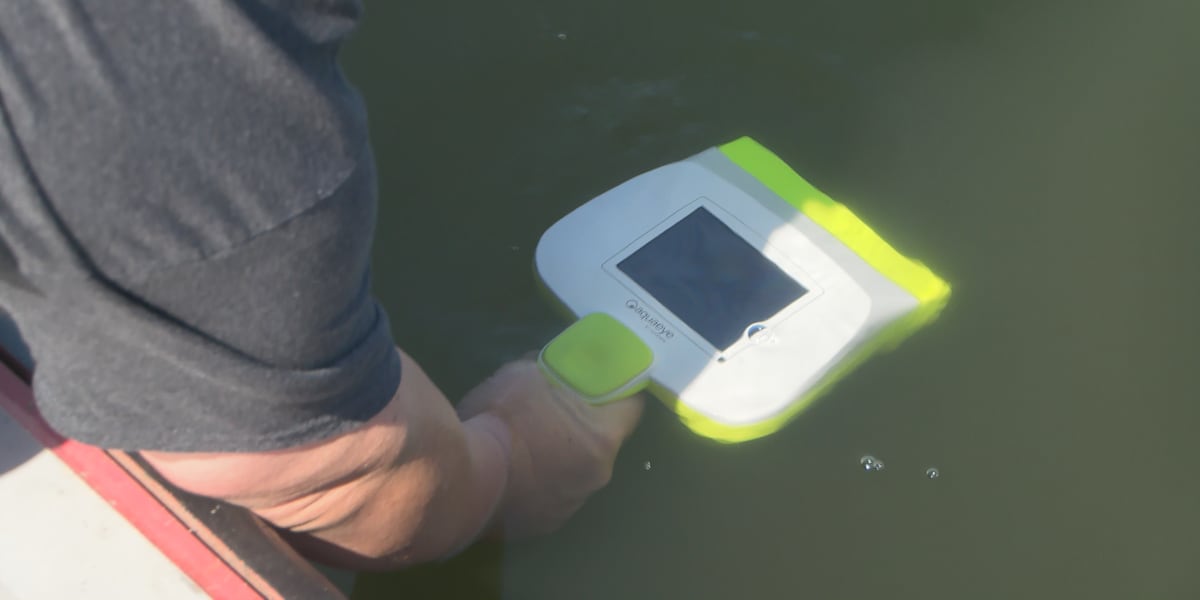Could a 'Pregnancy Robot' Ever Be Real? Separating Fact from Fiction in Viral Chinese Tech Claim

A bizarre story claiming a Chinese scientist is developing a 'pregnancy robot' has gone viral across social media platforms this week, sparking both amusement and curiosity. While the story itself appears to be entirely fabricated, the underlying questions about artificial wombs and reproductive technology are far from fictional. Let's unpack the viral claim, debunk the 'pregnancy robot,' and explore the very real advancements – and ethical considerations – surrounding this fascinating field.
The Viral Hoax: A Made-Up Scientist and a 'Pregnancy Robot'
The story, which originated and quickly spread on social media, featured a purported scientist named Zhang Daqian claiming to be working on a robotic device capable of replicating the conditions of a human uterus. The premise was that this 'pregnancy robot' could gestate a fetus, potentially offering an alternative to natural pregnancy. The sheer novelty of the concept led to widespread sharing and discussion. However, investigations by several news outlets quickly revealed that the scientist and his claims were entirely fabricated. No such research exists, and the images circulating alongside the story are likely AI-generated or sourced from unrelated projects.
The Real Science: Artificial Wombs and Reproductive Technology
Despite the hoax, the core idea of an artificial womb isn't entirely science fiction. Significant progress is being made in the field of extrauterine support, particularly for premature infants. Researchers have successfully developed 'biobags' and other devices that can provide a controlled environment, mimicking the womb's conditions, to support the development of extremely premature babies. These devices offer vital oxygen, nutrients, and temperature regulation, significantly increasing the survival rates of infants born before their lungs are fully developed.
Beyond premature infant support, scientists are exploring more advanced concepts. Researchers are investigating the possibility of creating artificial placentas – organs that provide nutrients and oxygen to a developing fetus. While a fully functional 'pregnancy robot' capable of carrying a fetus to term remains a distant prospect, advancements in tissue engineering, stem cell research, and bio-printing are gradually bringing this possibility closer to reality. For instance, creating artificial ovaries and uteri is a growing area of research, potentially offering solutions for infertility and allowing individuals to experience pregnancy without a biological uterus.
Ethical Considerations: A Complex Landscape
The prospect of artificial wombs raises profound ethical questions. Concerns about the potential devaluation of natural pregnancy, the commodification of reproduction, and the impact on family structures are already being debated. Who would have access to this technology? Would it exacerbate existing inequalities? What are the potential psychological effects on children gestated outside the human womb? These are just some of the complex issues that society will need to address as this technology continues to evolve.
The Future of Reproductive Technology
While the 'pregnancy robot' of the viral story is a fabrication, the underlying scientific advancements are very real. The future of reproductive technology promises incredible possibilities, from improving the survival rates of premature infants to offering new options for individuals facing infertility. However, it's crucial to proceed with caution, carefully considering the ethical and societal implications of these powerful technologies. The conversation surrounding artificial wombs is not just about science; it's about shaping the future of humanity.






